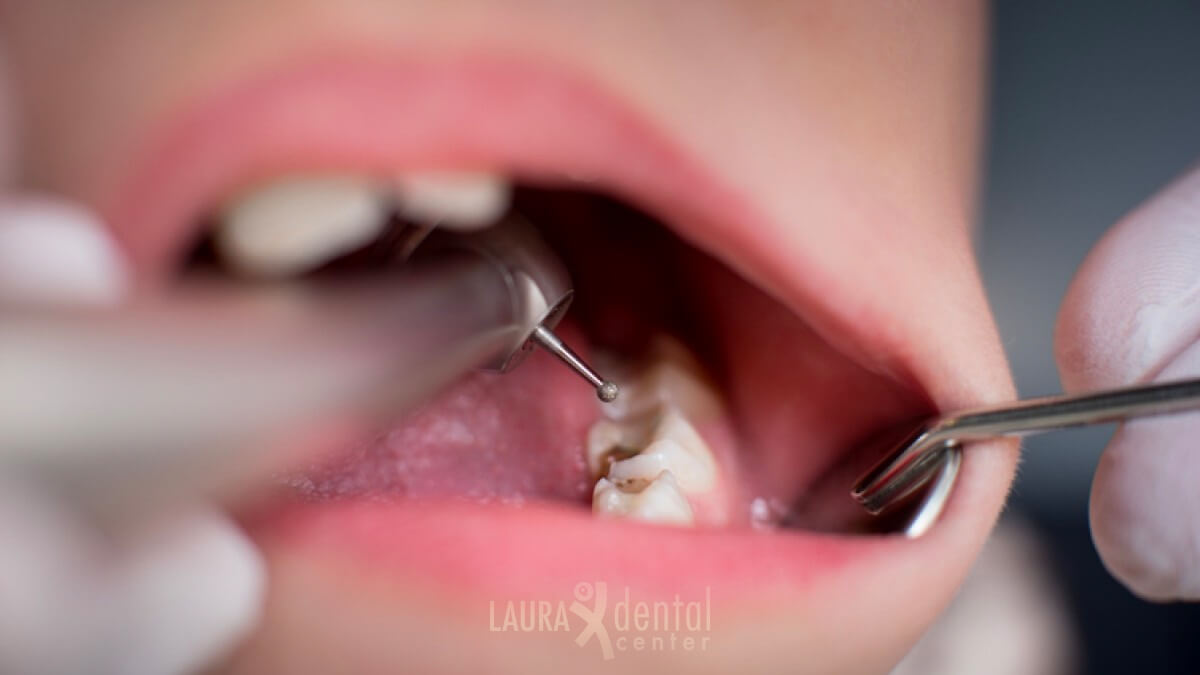A Close Look at Dental Cavities

The dreadful holes that can develop in your teeth due to dental cavities are a frequent dental problem that many individuals struggle with. According to the National Institute of Dental and Craniofacial Research, more than ninety percent of individuals have experienced tooth decay in their permanent teeth at some point in their lives.
Cavities can be excruciatingly painful, can result in the loss of teeth, and can even have an effect on a person’s self-esteem. As a result, it is essential to have an accurate comprehension of what dental cavities are, how they come to be, and the steps that can be taken to protect oneself from getting them.
The Formation of Dental Cavities
The collection of germs in the mouth is the initial step in the development of dental cavities, often known as tooth decay. The bacteria that live in our mouths produce acid as a result of their digestion of the sugars and carbohydrates that are included in the food that we eat.
This acid will then eat away at the enamel, which is the tough outer coating of the tooth, which will result in the formation of cavities. The cavity progresses over time, becoming more extensive and penetrating deeper into the tooth, ultimately causing damage to the pulp and dentin layers.
Symptoms of Dental Cavities
Tooth sensitivity is one of the most typical manifestations of dental caries, often known as dental cavities. When a person gets pain or discomfort in their teeth as a result of eating or drinking something hot, cold, sweet, or sour, they are said to be suffering from dental hypersensitivity.
Toothache is another symptom that can be experienced, and it is characterized by persistent discomfort in the tooth that can also be felt in the jaw, cheek, or neck. Sensitivity in the teeth and pain in the tooth are both common indications that the cavity has progressed into the inner layers of the tooth, which requires quick attention from a dentist.
Treatment Options for Dental Cavities
Depending on how severe the decay is, there are different dental cavity treatments. Fluoride, which helps to remineralize the tooth and stop further decay, may be advised by dentists in the early stages of decay. A filling, which entails removing the damaged section of the tooth and filling it with a material like amalgam or composite resin, may be required by dentists to treat more advanced decay. A root canal or tooth extraction may be required in extreme circumstances.
Prevention of Dental Cavities
Maintaining good oral health depends on preventing dental caries. Cavities can be avoided by regularly brushing and flossing, which helps to remove plaque and bacteria from the teeth. It is advised to use fluoride toothpaste at least twice daily and to floss at least once daily. Reduced consumption of acidic and sugary meals and beverages can also aid in preventing the growth of dangerous bacteria in the mouth. In order to identify any potential abnormalities early on, regular dental cleanings and examinations are very crucial.
Final Thought
In conclusion, dental cavities are a prevalent issue that, if addressed, can result in pain and discomfort. People can maintain good dental health by understanding how cavities develop, the signs of cavities, and the available treatment and preventative methods. To maintain your teeth healthy and cavity-free, stay up with proper oral hygiene practices, reduce your intake of sugary and acidic meals, and schedule routine dental exams.
